Wildcat landing gear
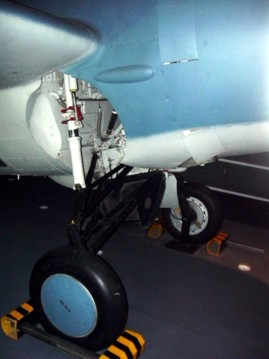 |
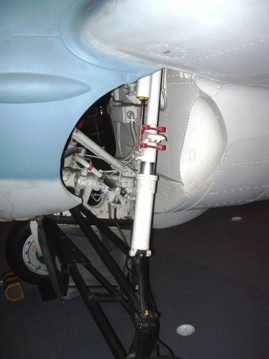 |
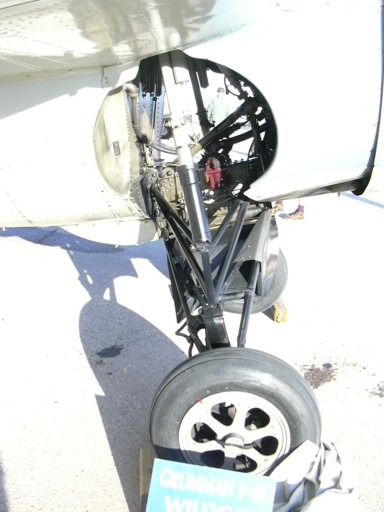 |
 |
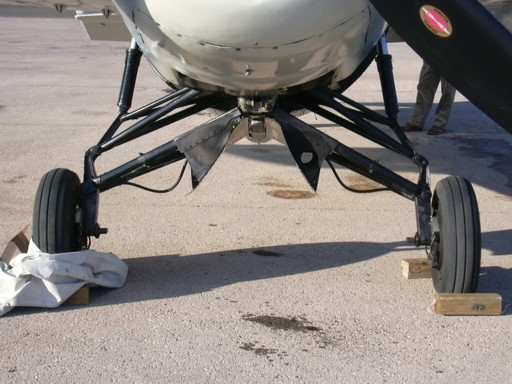 |
 |
 |
 |
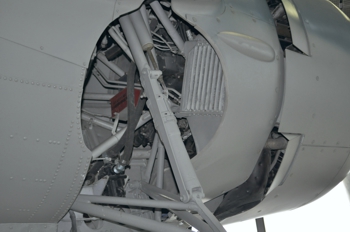 |
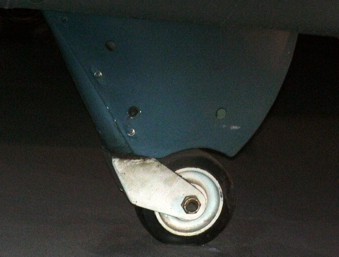 |
 |
 |
The two tail wheel photos on the left show the hard rubber tire usually associated with carrier operations and used on the F4F-3 and F4F-4. The one to the right is on an FM-2. There was also a pneumatic tire for use in land operations. (CB)
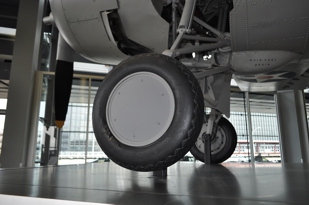 |
 |
Non folding wing
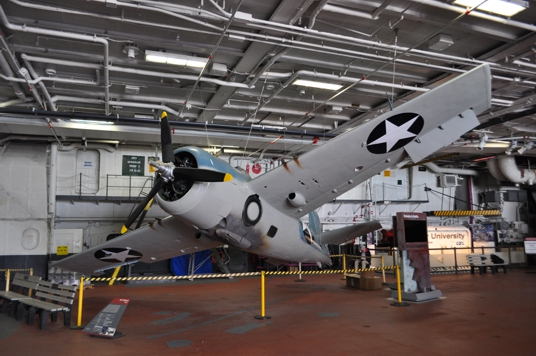 |
 |
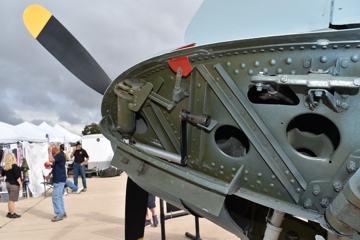 |
 |
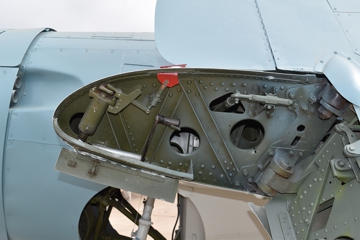 |
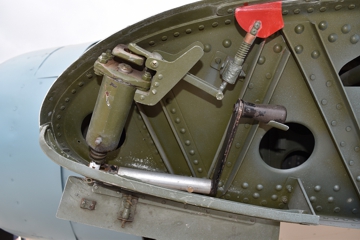 |
 |
 |
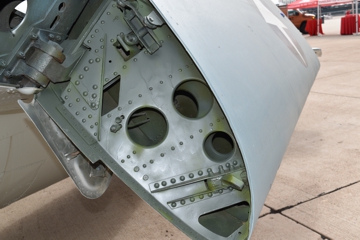 |
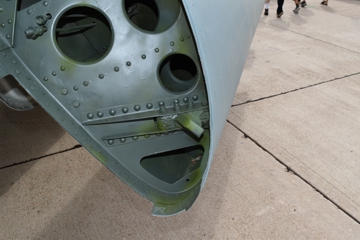 |
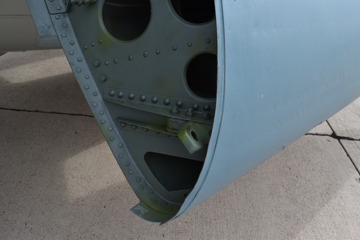 |
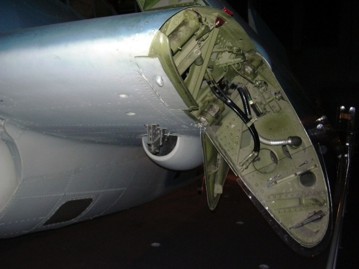 |
 |
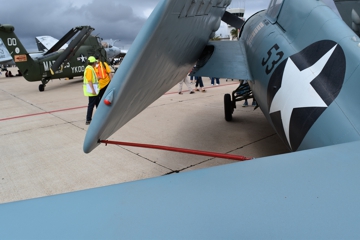 |
Cowls and props
 |
 |

|
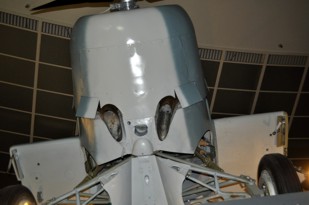 |
 |
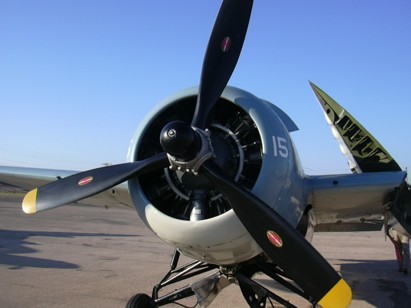 |
 |
 |
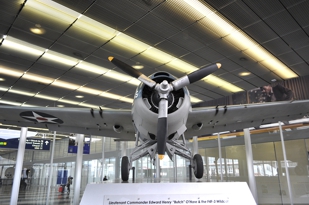 |
 |
 |
 |
 |
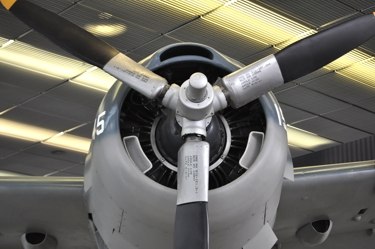 |
 |
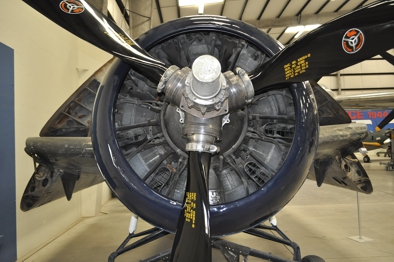 |
There are three different intake arrangements on the F4F/FM series of Wildcats. The first type was used on early and final production F4F-3s as well as the F4F-4. This type had three intakes; one on the top of the cowl and two inside the lip of the cowl at approximately the 4 and 8 o'clock position. The upper one was for the carburetor intake, while the other two were for intercooler air. (CB) The second type moved the carburetor intake inside the top of the lip. This was purportedly due to issues with the effectiveness of the intake. In any case, the intake on top was restored in the F4F-3 and used for the entire F4F-4 and FM-1 production runs. (CB) The third type was the version found on the FM-2, where there were four intakes at approximately the 4,5 7 and 8 o'clock positions. The two lower ones were to provide cool air to the oil cooler and the two upper ones were carburetor intakes. (CB)
Gun Arrangements
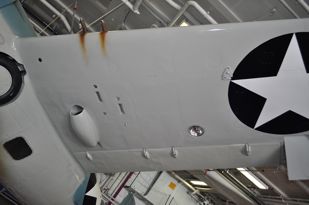 |
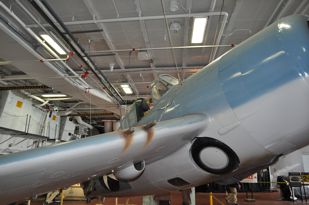 |
 |
 |
A few parts...
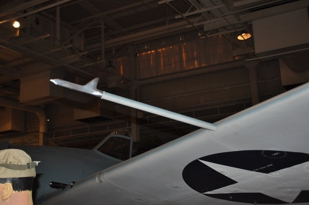 |
 |
 |
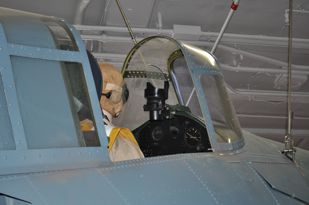 |
 |
 |
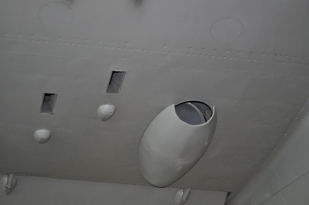 |
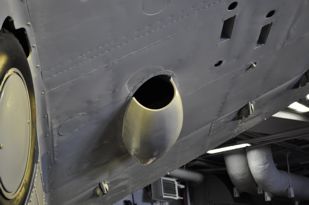 |
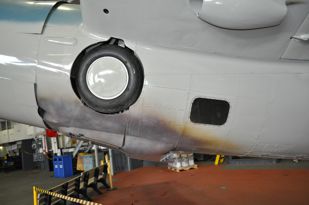 |
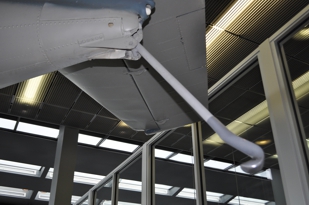 |
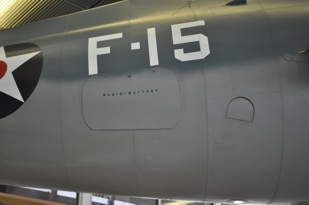 |
Left: The fairing for the oil coolers on most Wildcat/Martlet airplanes, one under each wing. With the FM-2 the oil cooler was behind the engine and cooling air was ducted through the cowling. (CB)
Middle: The hook under the keel, below and in front of the wheel, is the attachment point for the catapult bridle. When launching from aboard ship the bridle which had a loop at each end would be attached on one end to the catapult shuttle and the other end would slide over this hook. When the catapult shuttle reached the end of its run the hook would slip from the loop as the aircraft was slung into the air. (CB)
Right: An illustration of the arrestor hook in the extended position. (CB)
Far right: The door covering the battery/baggage compartment. Various items such as tool would be stored there. The jury struts to hold the wings in the folded position on later Wildcats were stored in this compartment. (CB)
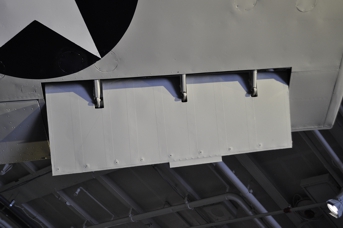 |
 |
These shots give a good idea of the appearance of the fabric covered control surfaces and can be used for comparisons to various model kits. (CB)
Pratt & Whitney R-1830 Twin Wasp
 |
 |
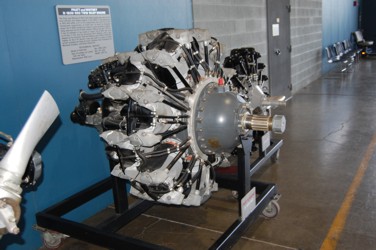 |
 |
 |
An R-1830-90C on display at the National Museum of the United States Air Force. This model is very similar to the ones most commonly used to power the F4F-3, F4F-4 and FM-1 Wildcat. (CB)
Some specs:
SPECIFICATIONS
Model: R-1830-86
Type: 14-cylinder, air-cooled, twin row radial
Displacement: 1830 cu.in.
Max.
RPM: 2,400 (2,700 Military Power)
Max.
HP: 1,200
Weight: 1,467 lbs.
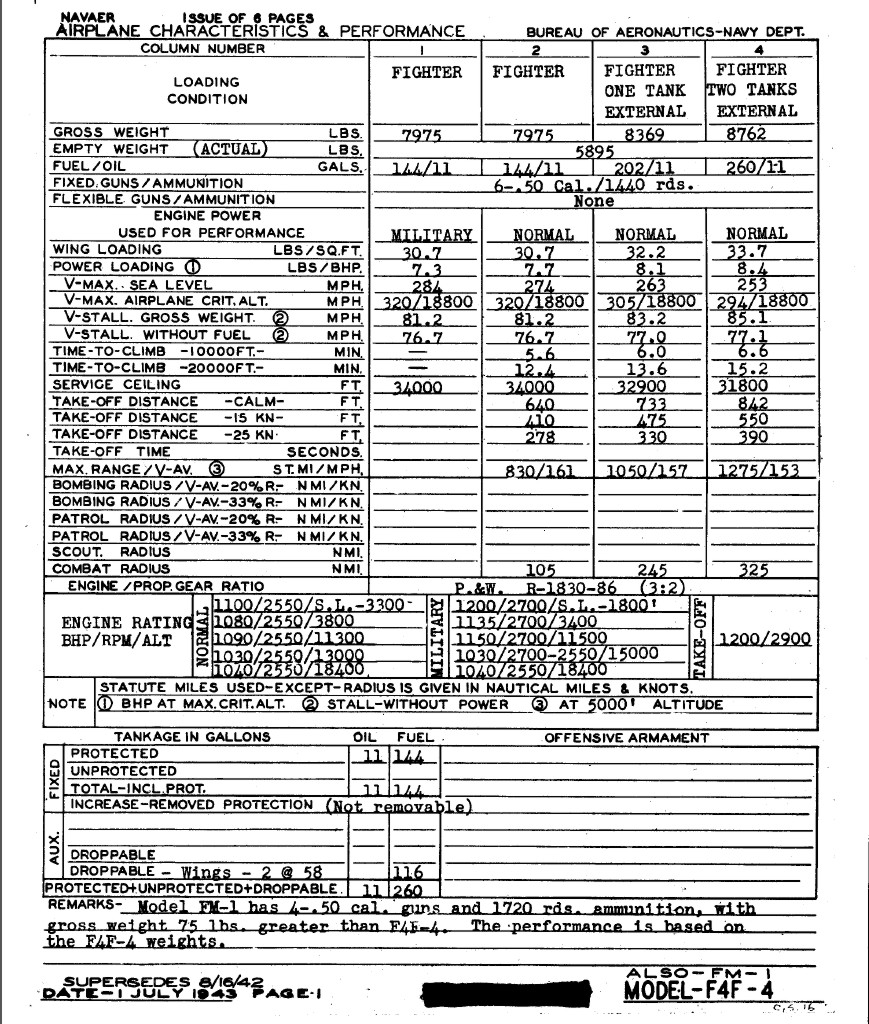 |
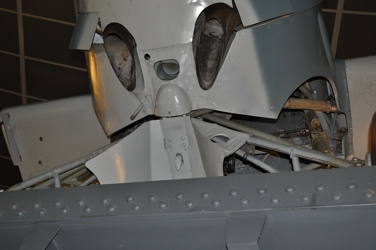 |
The P&W powered Wildcats had two exhausts under the forward fuselage. The third port between the two engine exhaust was to dump waste air from the intercoolers. On the F4F-3A which was only equipped with a single stage supercharger that exhaust was unnecessary.
Wright R-1820 Cyclone
 |
 |
 |
Some more specs:
Model: R-1820-56 and -56W
Type: 9-cylinder, air-cooled, single row radial
Displacement: 1823 cu.in.
Max. RPM: 2,600 (2,700 for -56A and -56WA)
Max. HP: 1,350
Weight: 1,329 lbs
 |
 |
 |
The FM-2 had an exhaust on each side of the fuselage above the wing and two under the forward fuselage. Those two are visible in the second photo forward of the landing gear. The catapult hook used on all versions of the Wildcat is also apparent in that photograph. (CB)
Or to move on:


For your comments, suggestions, or corrections:

Modified 10-12-19
Clifford Bossie